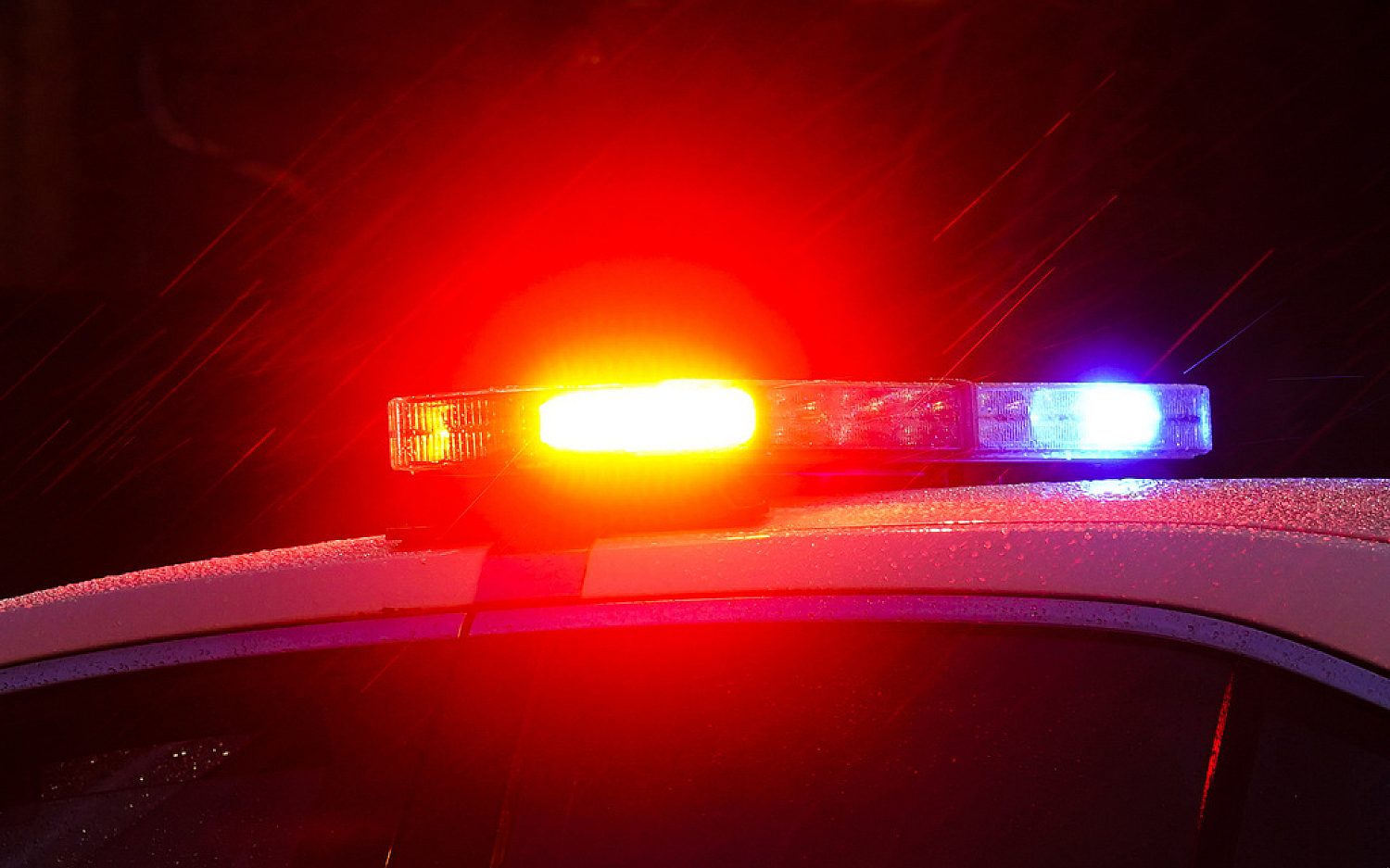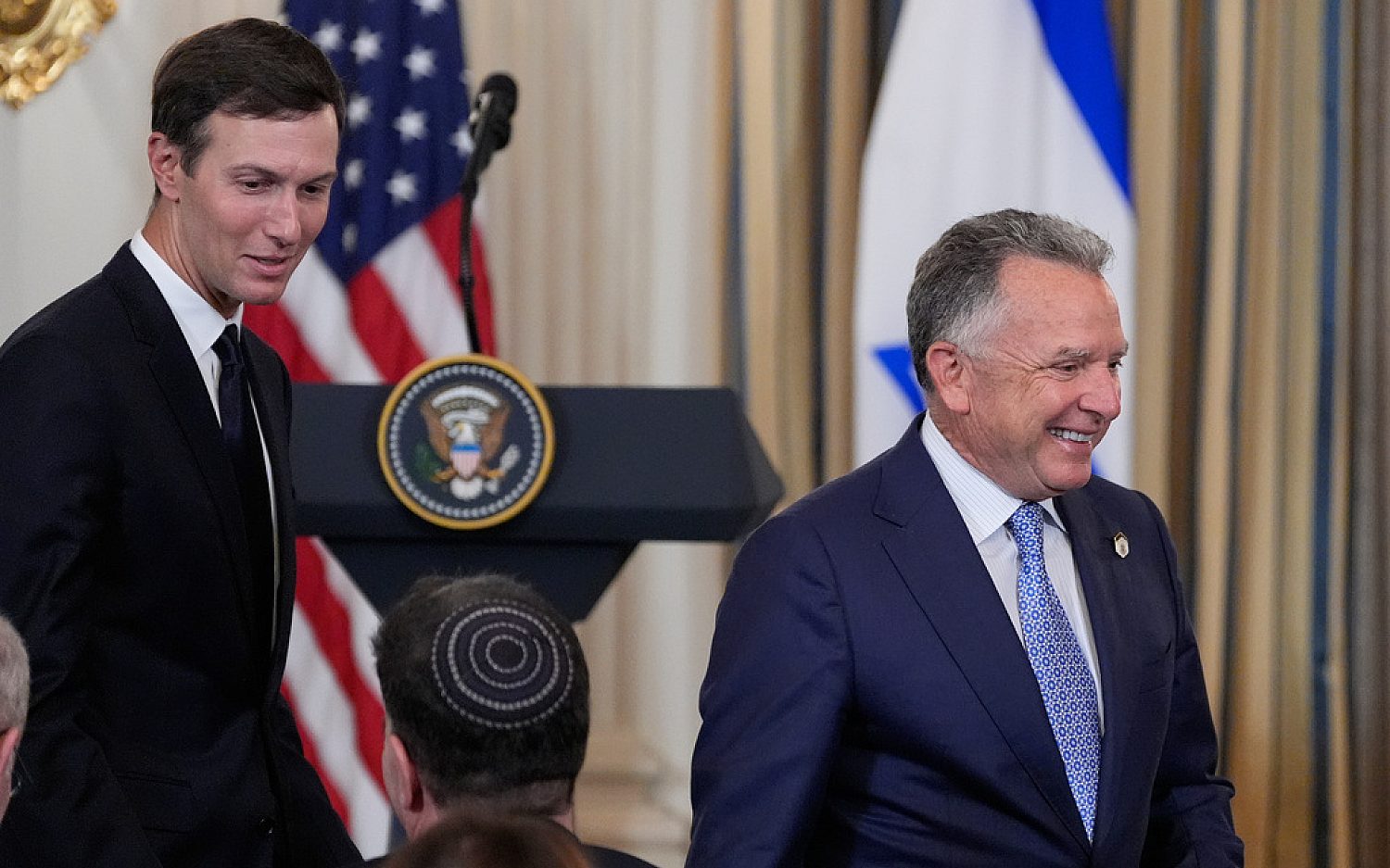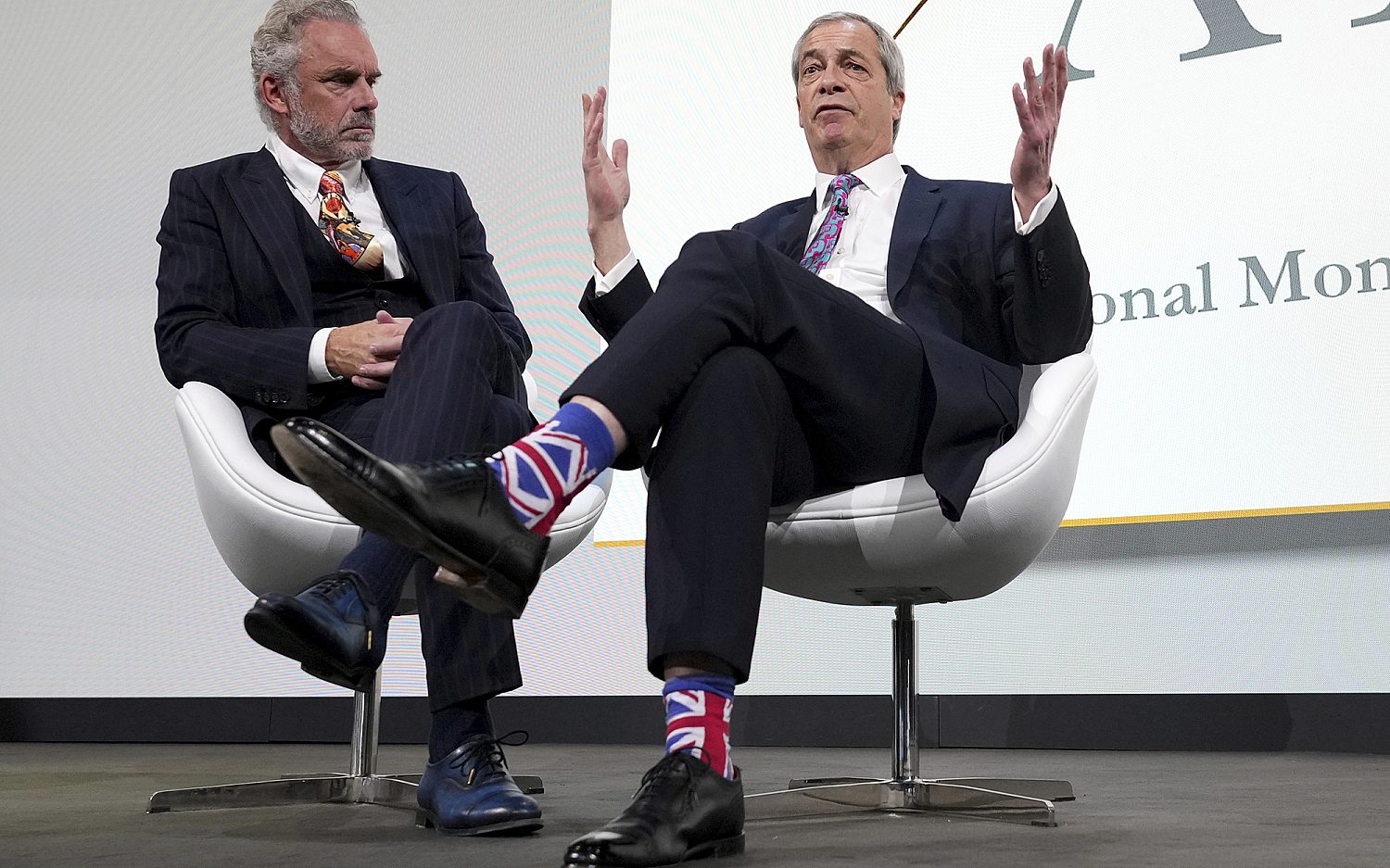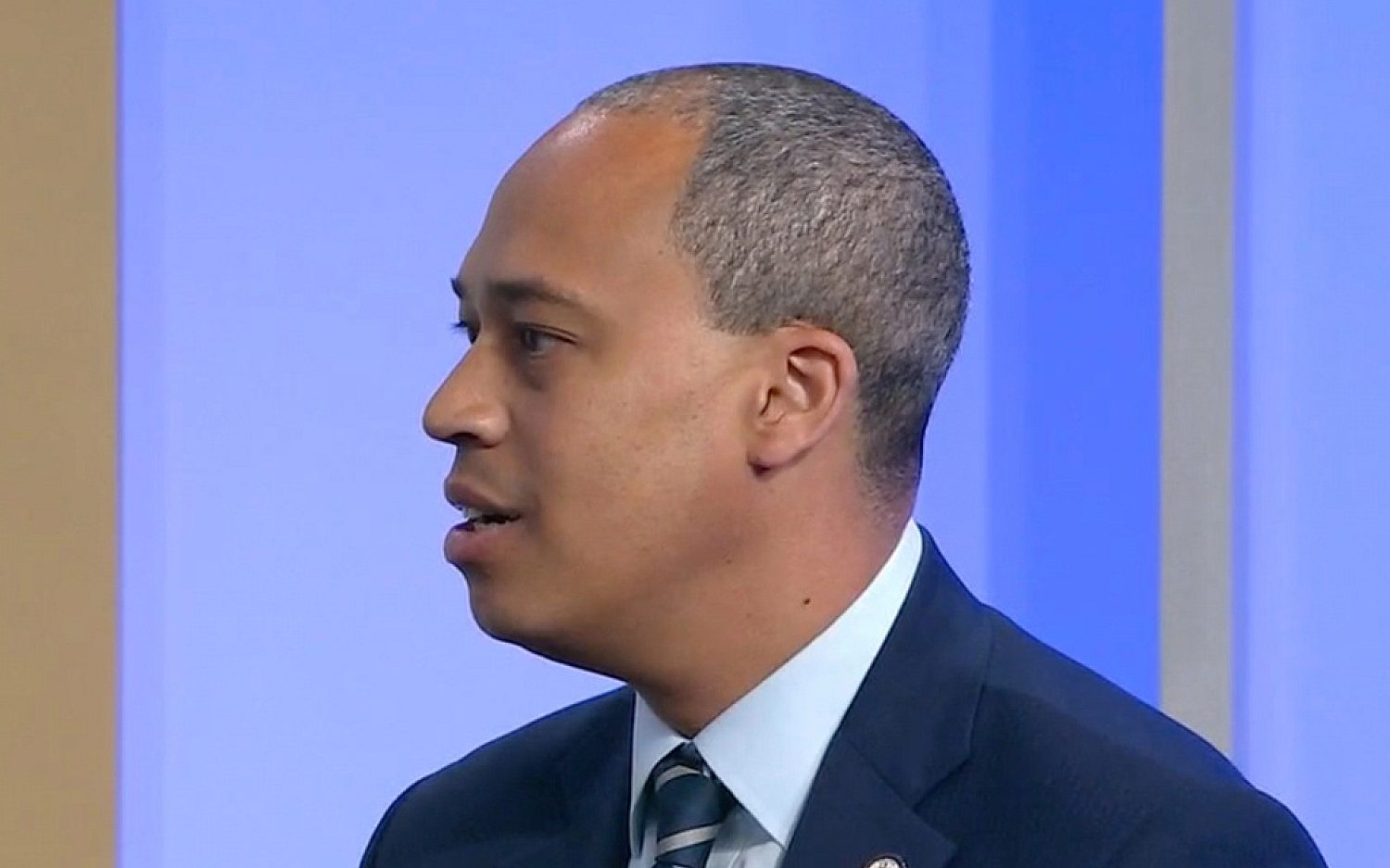Ohio trains everyday heroes in the fight against sex trafficking
A sex trafficking victim might be difficult to recognize even when she is sitting in front of you, Iowa State Patrol Capt. Curt Henderson said this week during a panel discussion on human trafficking.
“I had victims of human trafficking in my patrol car, and I didn’t know what I was dealing with,” he told audience members.
Human trafficking awareness training, with an emphasis on recognizing the potential victims and taking appropriate action, has exploded across the country in recent months. In Ohio, a wide range of professions require training. This month, the Ohio State Board of Cosmetology, which oversees more than 100,000 licensees, became the latest group to require its professionals to take a course on sex trafficking awareness.
The mandatory 45-minute video instructs stylists to be on alert for clients who seem fearful or submissive, who don’t seem to have control of their money or possessions, or who are with someone who answers questions for them.
Those receiving sex trafficking awareness training do not need absolute proof a crime is taking place to contact police or anti-trafficking hotlines. Some of the most useful tips leading to rescues and prosecutions start as vague concerns.
In 2012, truck driver Darien McKinley abducted two teenagers, including one with special needs, and brought them to Ohio. According to court records, he trafficked the teens to at least one truck stop. He also forced them to solicit additional customers using his CB radio.
Days before police rescued the teens, Michigan police officers ticketed McKinley’s truck for parking violations and saw the two young girls with him. Officers found the circumstances odd but did not question McKinley further.
When McKinley later stopped at an Ohio rest area on Interstate 75, one of the teens approached Enrique Vento, a state terminal travel counselor who had recently completed sex trafficking training.
“I had an idea that it might be (trafficking), because I saw her with her clothes in a plastic bag,” Vento said. He called police, and the Ohio highway patrol rescued the second teen.
Wood County Prosecutor Paul Dobson said the victim who escaped was lucky she found Vento: “She was fortunate that she was able to get away and got to a person who was trained and knew what to do.”
In a 2012 report, the Ohio Human Trafficking Task Force noted more than 1,000 juveniles are trafficked annually through Ohio’s highway systems.
The report went on to recommend not just cosmetologists, but all state-licensed professionals and educators develop a plan to implement human trafficking curricula into their existing training. Later that year, the Ohio Highway Patrol and the Ohio Trucking Association launched Truck Shield, a program training truck drivers on how to identify possible criminal behavior. The Ohio Department of Health has offered training to school nurses since 2013.
The Columbus Dispatch reported a public online course about human trafficking offered by Ohio State University drew more than 30,000 participants last fall.
Other states have begun similar training programs for motel workers, taxi and limousine drivers, and even strip club owners. Twenty-nine states now have legislative provisions that encourage or mandate human trafficking training for law enforcement officers.
Ohio Gov. John Kasich honored Vento for his role in rescuing the two teens, noting without his intervention, they might have lost their lives.
“I want to thank God for putting me in the right place at the right time,” Vento said.
An actual newsletter worth subscribing to instead of just a collection of links. —Adam
Sign up to receive The Sift email newsletter each weekday morning for the latest headlines from WORLD’s breaking news team.




Please wait while we load the latest comments...
Comments
Please register, subscribe, or log in to comment on this article.